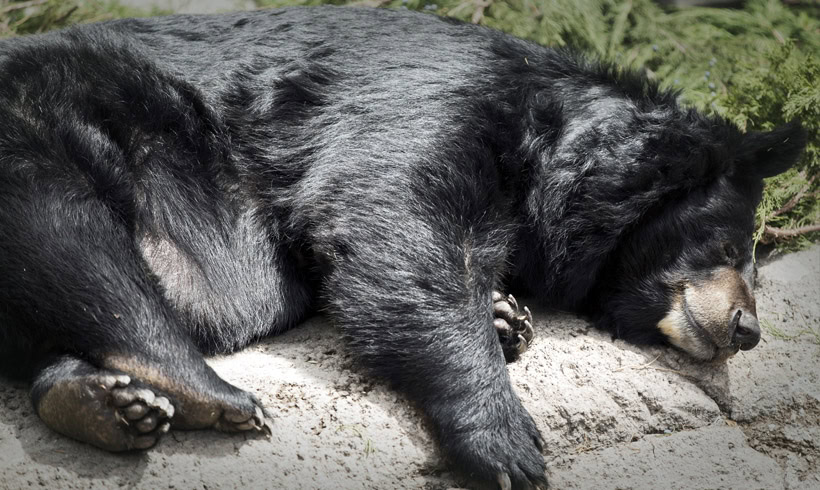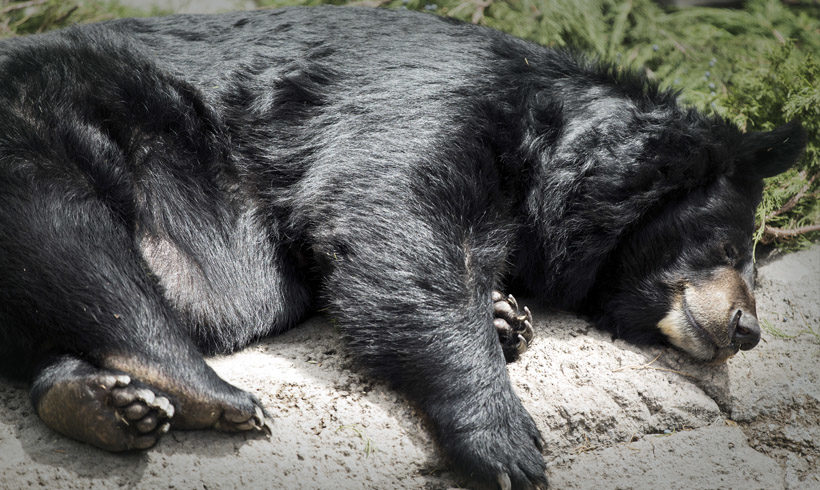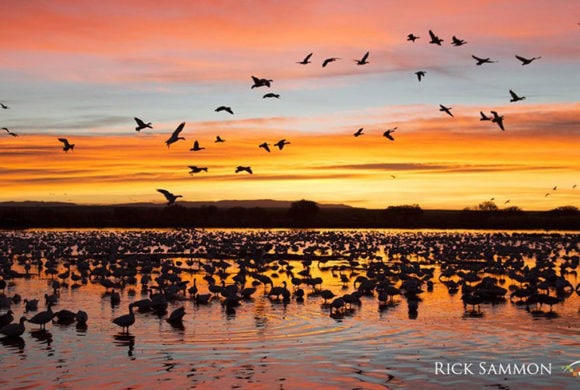Why do animals hibernate?
We all know how hard it is to get out of a warm bed on a cold winter morning. But what if you couldn’t get out of bed? What if you couldn’t even wake up… for months at a time? While dreaming the cold months away might sound like just the vacation you need, the involuntary biological process called hibernation is critical to the survival of many animals that live in and around Teatown.

What is hibernation?
As winter approaches in New York, animals have two options: leave or deal with it. For non-migratory species, winter can be unforgiving. Food is hidden beneath the snow, water sources are frozen over, and frosty temperatures pierce through skin and fur. Many species have evolved to deal with these hardships by avoiding them altogether. During hibernation, an animal’s body temperature, heart rate, breathing, and other metabolic activities slow down significantly in order to conserve energy.
While resources are scarce, hibernation allows animals like bears, chipmunks, and bats to use their stored energy much more slowly. Just how slowly? One of New York State’s only “true” mammal hibernators, the little brown bat, may take a breath only once per hour. The groundhog, another “true” hibernator, will experience a heart rate drop from about 80 beats per minute to just 5. Come springtime, hibernators emerge to mate, have young, and recharge in a more hospitable environment.
This extraordinary evolutionary adaptation does not come without consequences. These animals can lose one-quarter of their overall weight during the winter, and their sleepy state can leave them susceptible to predation. Once they wake up, the animals are weak and must recover quickly if they hope to survive. If they don’t have enough energy stored, they may never wake up at all, but the risk is well worth it.
Do all animals hibernate the same way?
As noted above, cave bats, groundhogs, and jumping mice are the only “true” hibernators in New York State. True, or “deep”, hibernators are endotherms (warm-blooded animals) that become completely incapacitated by their metabolic changes and are therefore nearly impossible to wake up during the winter months. Bears, on the other hand, experience less severe changes (their body temperature stays within 12 degrees Fahrenheit of normal), allowing them to react to danger throughout the winter.
Unlike bears, small mammals like chipmunks lose heat quite easily, forcing them to wake up every few days to warm up, urinate, and eat. Amphibians and reptiles experience a hibernation-like state of dormancy called brumation to escape the cold, but will move about on warmer days to find water. Even more curious, some species of insects and amphibians, like wooly bear caterpillars and wood frogs produce a natural antifreeze that stops their cells from freezing completely in cold temperatures.
Humans and Hibernation
Why don’t humans hibernate? We don’t need to! Our biology and technology keeps us comfortable year-round, but that hasn’t stopped scientists from researching the potential benefits of human hibernation. NASA has explored the possibility of reducing astronauts’ body temperature to induce “hypothermic stasis” on the way to Mars. A similar procedure, known as therapeutic hypothermia, is already used as a medical treatment after heart attacks or traumatic brain injury.
So what’s the best way to help hibernating wildlife? Leave them be. Bears and other animals are gorging themselves on food this month before bedding down for the winter, so hold off on putting the bird feeders out for just a few more weeks. In the meantime, feel free to use the “I’m getting ready to hibernate!” excuse as you go back for seconds (or fifths) this Thanksgiving before settling down for a nice, long nap.
Upcoming program
The art and craft of bird photography
November 29, 7pm
Join Rick Sammon — a tireless, prolific, and inspirational image-maker and Teatown neighbor and friend — as he takes you around the world to share his favorite bird photographs and bird photography tips. Travel from Alaska to Antarctica and see how this pro captures his award-winning images. For adults.



